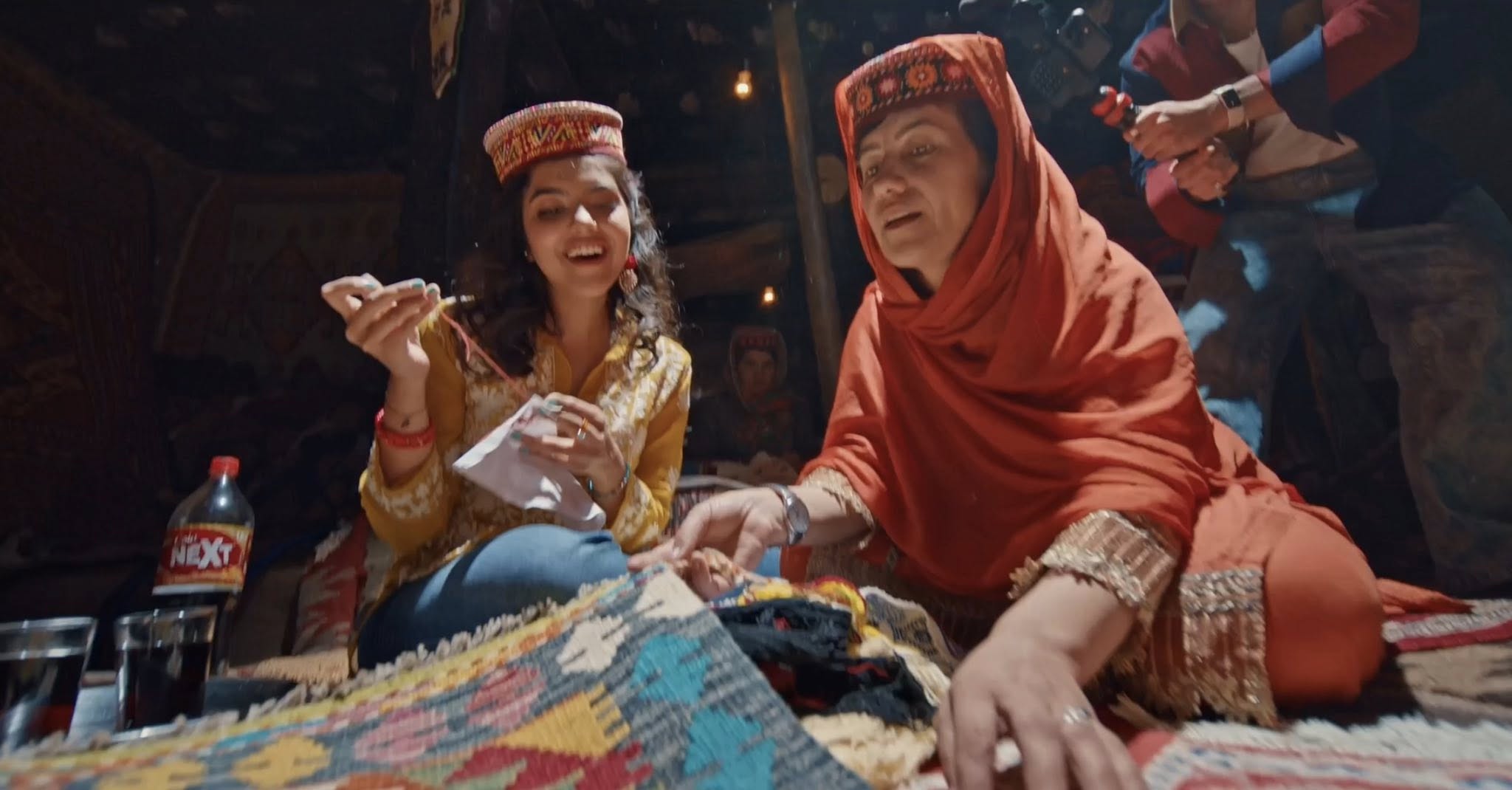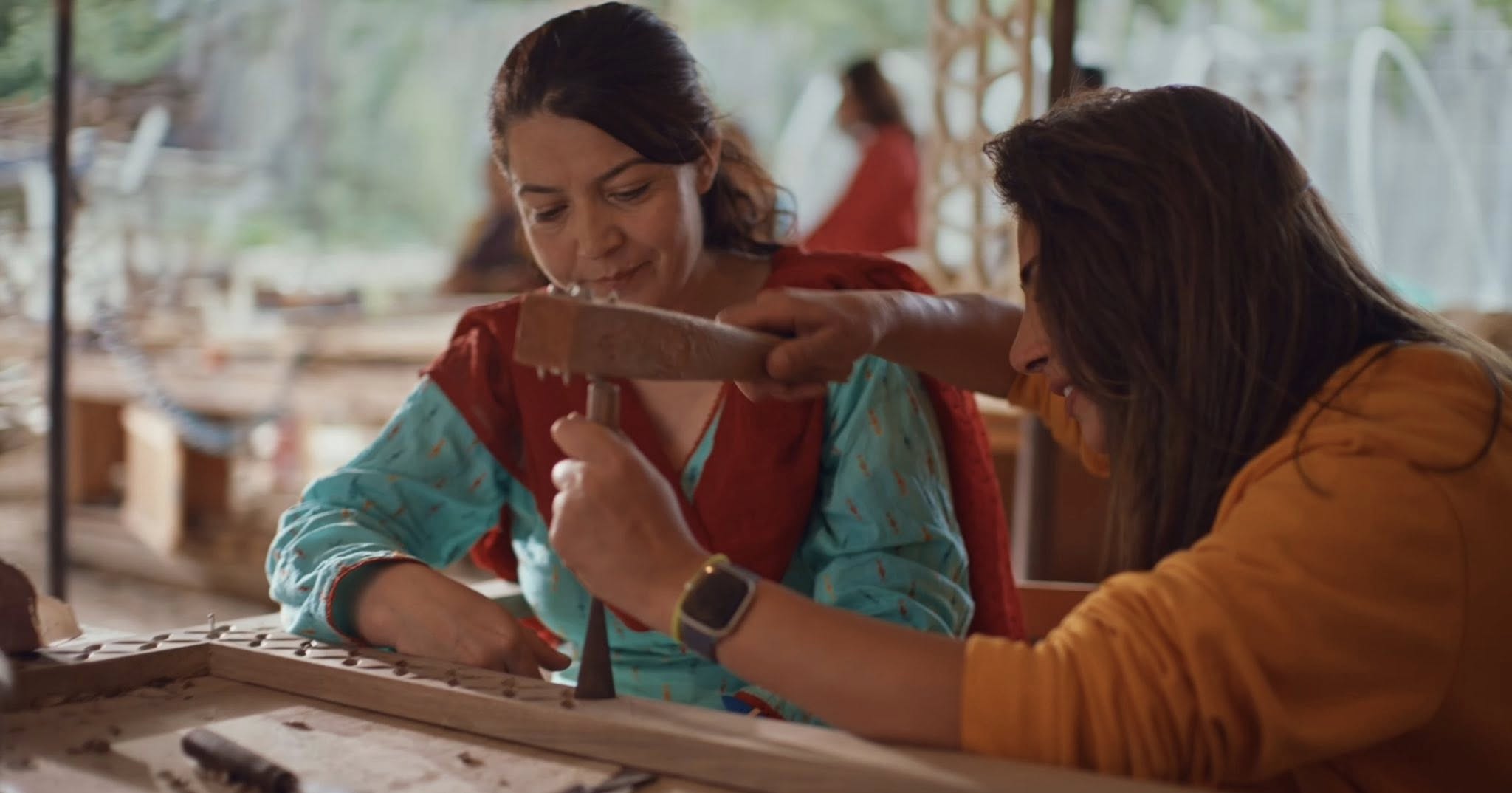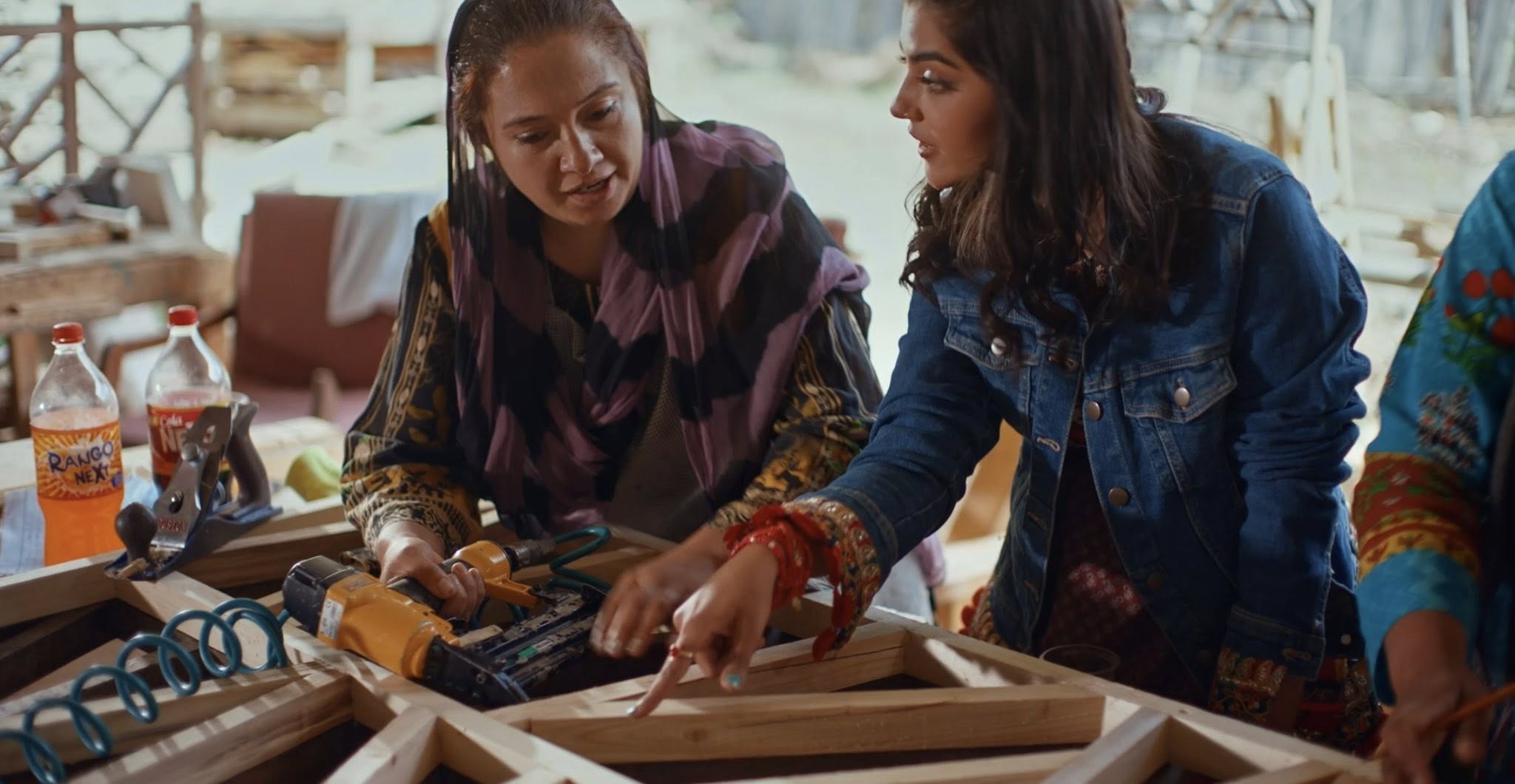Where wool, memory, and hands meet
Gulmit’s Handicrafts — A Living Tradition of Skill and Pride
Nestled in Upper Hunza, Gulmit is more than a scenic stop along the Karakoram Highway.
It is a village where homes, museums, and community spaces carry the textures of a
centuries-old craft tradition. Here, women transform goat, sheep, and yak wool into
carpets, embroider stories onto caps, and stitch identity into everyday textiles.
Gulmit’s handicrafts are not souvenirs — they are living heritage.
“Every thread woven in Gulmit carries not just color, but continuity — connecting past skill with future pride.”
Korgah — The Women-Led Weaving Centre
At the heart of Gulmit’s craft revival is Korgah, a weaving cooperative founded by local women in the late 1990s and formalized in 2005. What began as a training effort has evolved into a women-run enterprise producing carpets, rugs, and embroidered goods while preserving traditional Wakhi motifs.
Travelers find the centre next to the Old Gulmit House — a simple room filled with looms, dyed yarns, and women weaving shoulder to shoulder. Beyond commerce, Korgah symbolizes resilience: a space where women sustain families, traditions, and dignity through skilled work.

What Artisans Make
Gulmit’s handicrafts span from heavy floor coverings to delicate embroidery.
Each piece reflects the landscape, language, and lineage of its makers.
- Handwoven carpets & rugs — geometric designs inspired by peaks and valleys.
- Embroidered purses & wall hangings — colorful stitches on daily-use items.
- Caps & ceremonial headwear — Iraghi caps stitched over months, treasured as heirlooms.
- Household textiles — sofa back covers, baby frocks, and handwoven shawls for winter warmth.

Materials & Techniques
Gulmit’s artisans draw from mountain ecology. Sheep and goat wool form the base, while yak wool adds warmth. Hand knotting, flat weaving on vertical looms, and fine cross-stitch embroidery define the styles.
Techniques are taught orally — daughters learn from mothers at home, ensuring no written pattern is needed to carry motifs forward.

Where Heritage is Kept and Shown
To see Gulmit’s craft legacy in context, visit the Cultural Museum of Gulmit — a restored traditional home where tools, ornaments, and woven carpets tell the story of material culture. Here, history and daily practice meet, giving visitors a deeper appreciation for every textile.
Women’s Work, Income, and Pride
Gulmit’s handicrafts are women’s enterprises. While prices rarely capture the months of work in a cap or carpet, the pride artisans take is visible in every finished piece. Craft provides earnings, but equally, it provides continuity — a way for women to anchor identity and keep traditions alive for younger generations.

Gulmit’s handicrafts are not fading relics — they are dynamic practices that sustain households and heritage alike. Whether you bring home a handwoven rug or an embroidered cap, you carry with you a piece of the valley’s history and hope.
